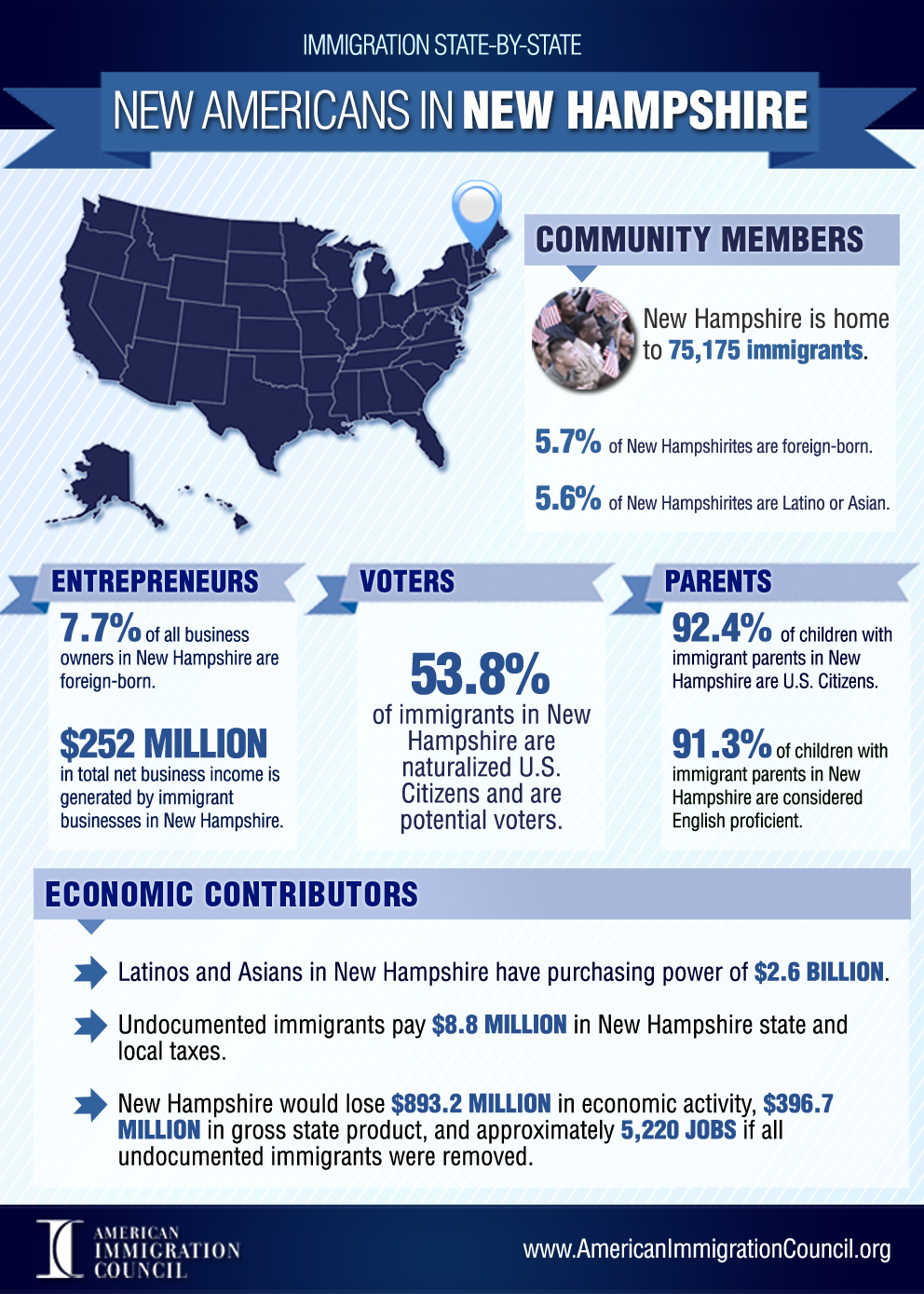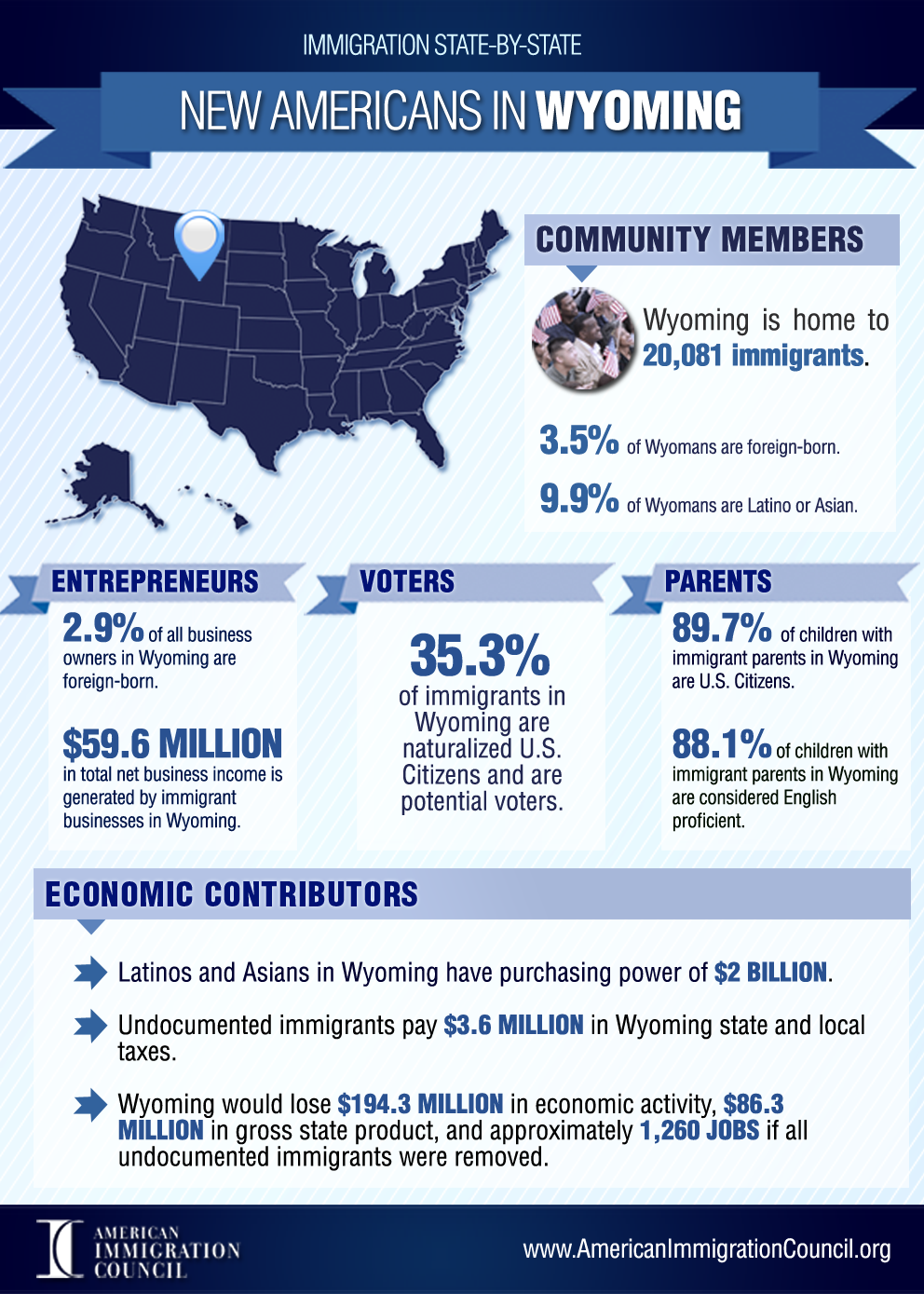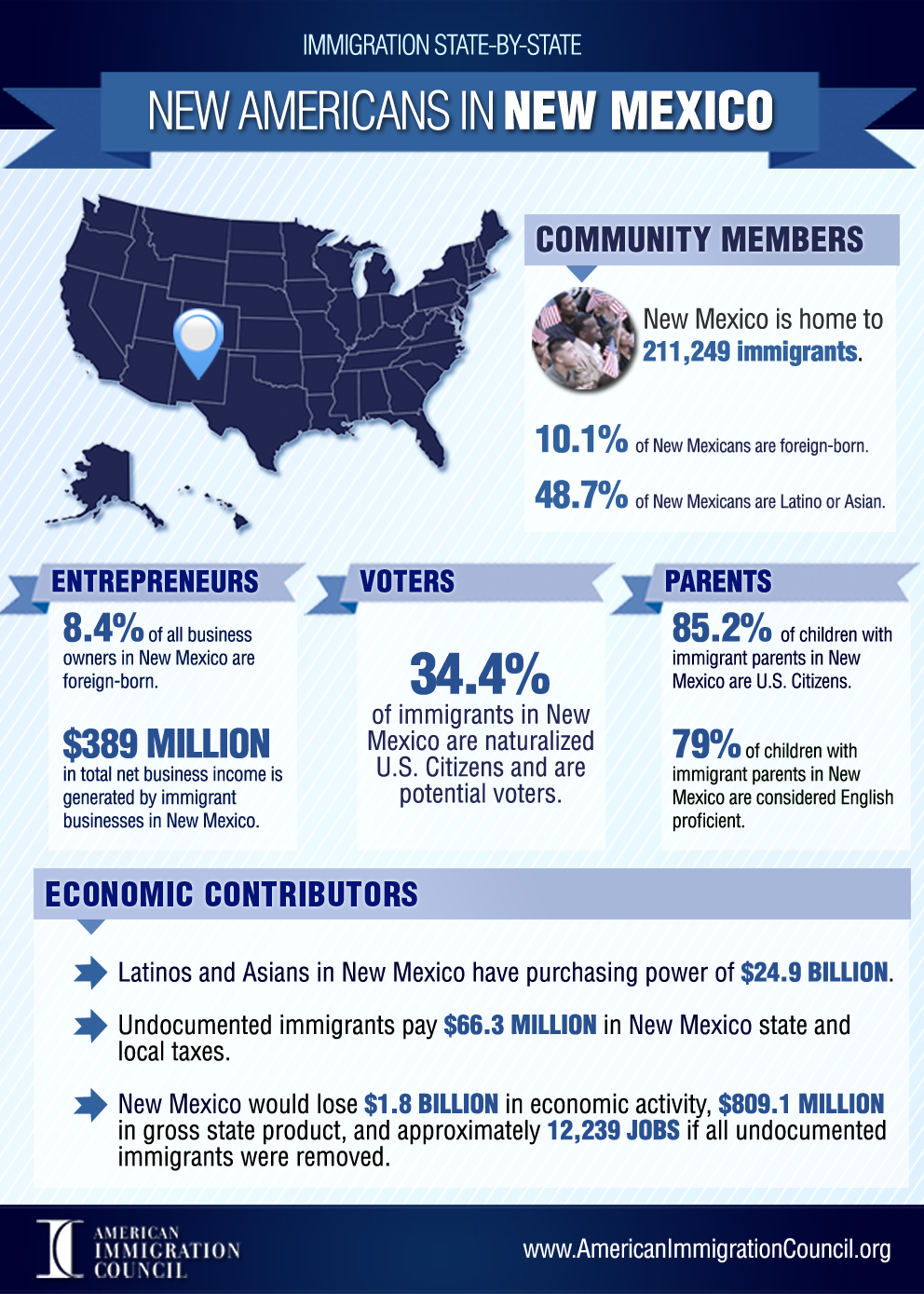From 1987 to 1990, Presidents Ronald Reagan and George Bush, Sr. used their executive authority to protect from deportation a group that Congress left out of its 1986 immigration reform legislation—the spouses and children of individuals who were in the process of legalizing. These “Family Fairness” actions were taken to avoid separating families in which one spouse or parent was eligible for legalization, but the other spouse or children living in the United States were not—and thus could be deported, even though they would one day be eligible for legal status when the spouse or parent legalized. Publicly available estimates at the time were that “Family Fairness” could cover as many as 1.5 million family members, which was approximately 40 percent of the then-unauthorized population. After Reagan and Bush acted, Congress later protected the family members. This fact sheet provides a chronological history of the executive actions and legislative debate surrounding Family Fairness.
|
November 6, 1986:
|
President Reagan signs the Simpson-Mazzoli Immigration Reform and Control Act (IRCA). The legislation makes certain immigrants eligible for temporary legal status and eventually green cards, primarily (1) those “continuously” present in the U.S. since January 1, 1982 (the general legalization provisions), and (2) special agricultural workers (SAW). At the time, roughly 3 million people are thought to be eligible to legalize, although that number will rise by 1990, due to an unexpectedly large number of SAW applicants, and litigation by several hundred thousand persons who claimed eligibility for the general legalization provisions.Read more...
|
Published On: Tue, Dec 09, 2014 | Download File











